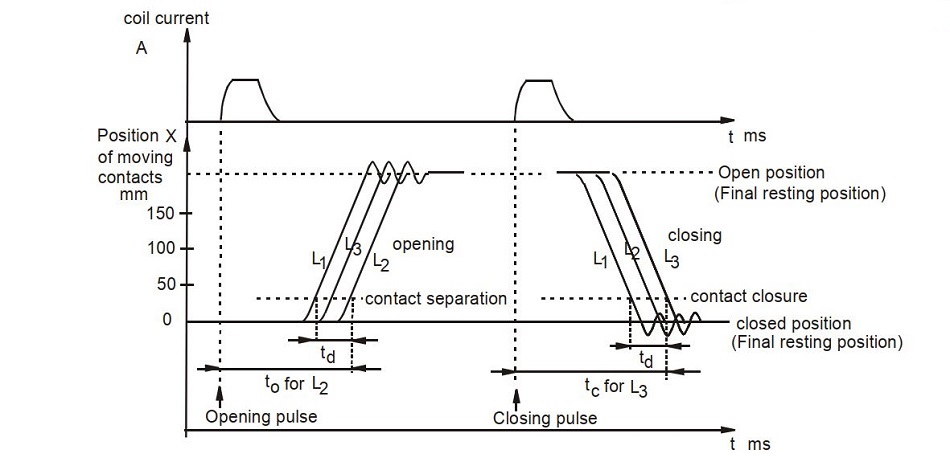
Pole discrepancy usually refers to differences in operating times between the 3 phases or poles of a switching device within the same operation.
Determining pole discrepancy in a CB on a continuous basis becomes less accurate because it in most cases has to be based on break time or make time recordings obtained through the CTs. Break and make times vary somewhat with how the contact movement coincides with the current waveforms.
At what time current zero occurs in the second and third pole to break, depends also on system earthing.
CB where each pole has a separate operating mechanism are usually equipped with a system that trips the breaker if not all poles respond when a command signal for close is given. Such an incident can be considered as a rather extreme example of pole discrepancy(ms). The system triggers only on unsuccessful closings; not on single-phase open-close sequences as in an automatic re-closure operation.
IEC states that the discrepancy in both opening and closing times should be less than one-half cycle of the rated frequency.
Many manufacturers have setting a max acceptable deviation in opening times of 5 ms.
In figure show pole discrepancy (Td) in CB timing test.



